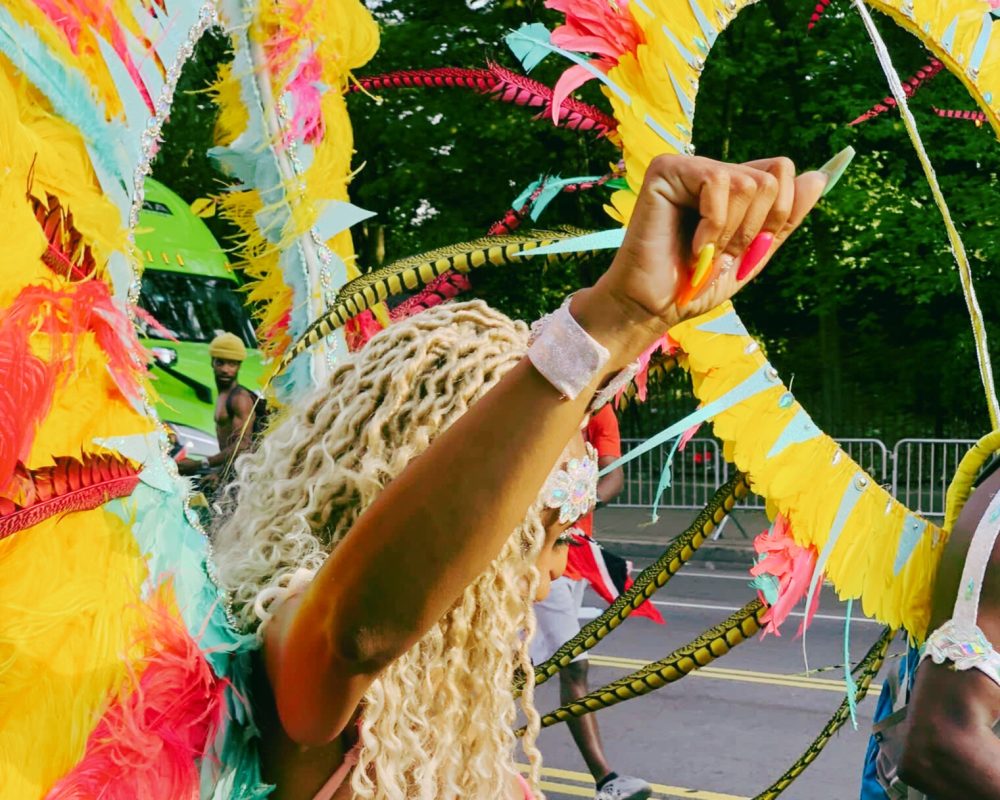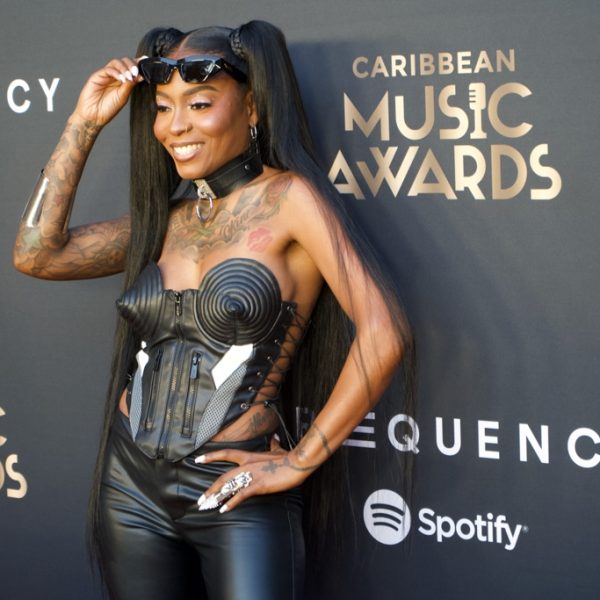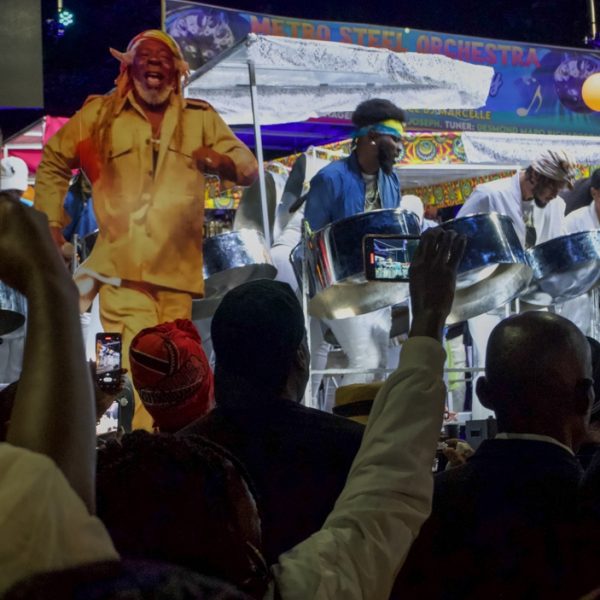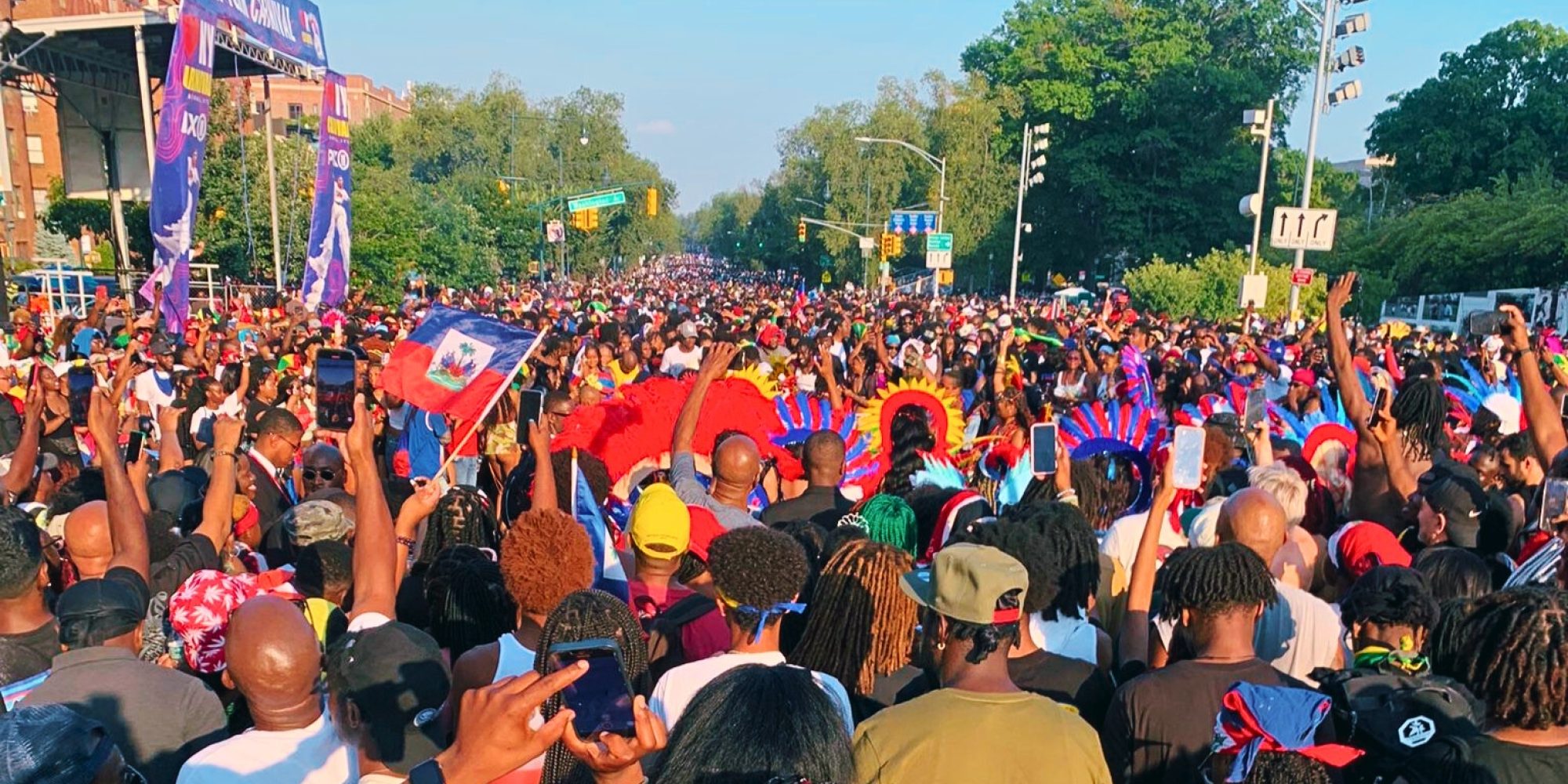Cultural Chronicles: A Vibrant Journey to the West Indian Day Parade Carnival
By Fred-Alex
I'm Fred-Alex, and this is my first entry in an ongoing afropop.org occasional feature called "Cultural Chronicles." Today, I'll take you on a vibrant journey to the heart of Brooklyn, New York, to explore the West Indian Day Parade Carnival.
The West Indian Day Parade Carnival is an annual extravaganza that brings together people from all walks of life to celebrate the rich tapestry of West Indian culture. Held annually around the first Monday of September in Crown Heights, Brooklyn, this event is a testament to the unity and diversity of the Caribbean diaspora.
Organized by the West Indian American Day Carnival Association (WIADCA), the main attraction is the West Indian Day Parade, affectionately known as the Labor Day Parade. This grand procession is a sight to behold, drawing between one and three million participants and spectators alike. They all converge on the vibrant streets of Brooklyn, particularly along Eastern Parkway, to revel in the festivities.
The parade is a true melting pot of Caribbean heritage, featuring representations from various islands, including Trinidad and Tobago, Haiti, Barbados, Dominica, Saint Lucia, Jamaica, Saint Vincent and the Grenadines, and some Afro-Panamanians. Mainland Caribbean countries such as Guyana, Suriname, and Belize also join in the revelry.

Let's rewind a bit and explore the origins of this fantastic carnival. In the 1930s, a visionary named Jessie Waddell and her West Indian friends initiated the festivities in Harlem. Initially held in large, enclosed venues like the Savoy, Renaissance, and Audubon Ballrooms, these costume parties aimed to combat the chilly February weather, which was the usual time for pre-Lenten celebrations like the Trinidad and Tobago Carnival.
However, the confinement of indoor spaces couldn't contain the exuberance of the carnival spirit, and in 1947, the first-ever Carnival street parade took place on September 1st in Harlem. The Trinidad Carnival Pageant Committee was at the helm, and the parade route stretched along Seventh Avenue, starting at 110th Street. Dorothy Godfrey became the first Carnival Queen, and the committee worked diligently to raise funds through advertisements and boosters.
Fast forward to 1969, the permit for the Harlem parade was revoked, prompting a new chapter in the carnival's history. A committee led by Carlos Lezama, later becoming the West Indian-American Day Carnival Association, secured approval to move the parade to Eastern Parkway in Brooklyn, where it continues to thrive to this day.
In 2020, the parade faced its greatest challenge yet, as the COVID-19 pandemic forced its cancellation. Mayor of New York Bill de Blasio, in an effort to safeguard public health, canceled all permits for large-scale events through September 2020. However, the spirit of the carnival persevered, as organizers pivoted to a virtual celebration.
The following year, in 2021, the WIADCA announced plans to return, but the uncertainties of the ongoing pandemic led to another cancellation of the parade itself. Nevertheless, they managed to maintain the essence of the event by offering a mix of in-person and streaming experiences, including events hosted at the Brooklyn Museum.
The West Indian Day Parade Carnival is not just about parading; it's also a musical extravaganza. Many iconic calypso and soca songs from Trinidad pay homage to the Labor Day Carnival. These tunes, like "Gun Play in de Parkway" by Calypso Rose and "Melee (on the Eastern Parkway)" by Maestro, have become anthems of celebration.
The carnival also boasts a vibrant Haitian presence, with powerful meringue-compas music echoing through the parkway. Bands like T-Vice, Tabou Combo, Konpa Kreyol/Kreyol La, Sweet Micky, Phantoms, Carimi, Djakout, D.P. Express, and more electrify the atmosphere with their infectious rhythms.
Even artists like Jay-Z have tipped their hats to the Labor Day Parade, immortalizing it in their lyrics. In his hit song "Empire State of Mind," Jay-Z raps about "3 dice Cee-lo, 3 card monte, Labor Day Parade, rest in peace Bob Marley," further cementing the carnival's place in the cultural fabric of New York City.
So there you have it, folks: a glimpse into the vibrant and culturally rich world of the West Indian Day Parade Carnival. It's an annual celebration that transcends borders and brings people together in the heart of Brooklyn. From its humble beginnings in Harlem to its current status as one of the most significant cultural events in New York City, this carnival is a testament to the enduring spirit of Caribbean culture.
I look forward to continuing to provide "Cultural Chronicles" as I explore the world's diverse and fascinating traditions. Until next time, keep celebrating and embracing the richness of our global heritage.
Related Articles











